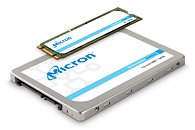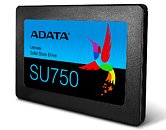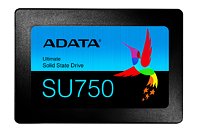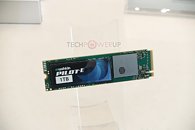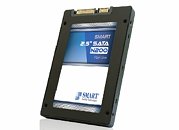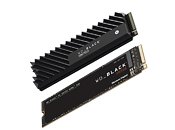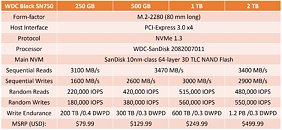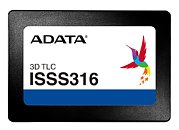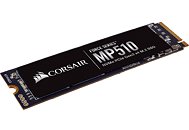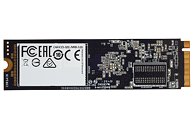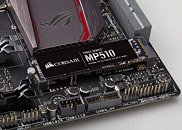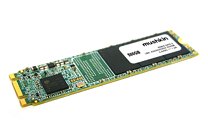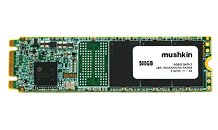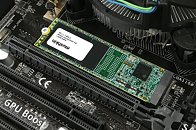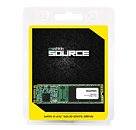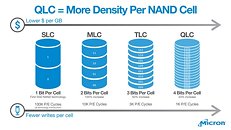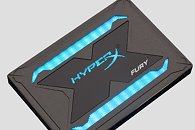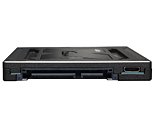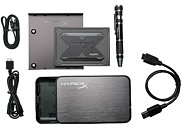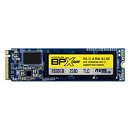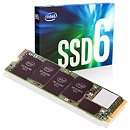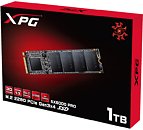
Toshiba Memory Expands NVMe SSD Portfolio Targeting Cloud Data Centers
Toshiba Memory America, Inc. the U.S.-based subsidiary of Toshiba Memory Corporation, announced availability of its XD5 Series NVMe SSD platform in a 2.5-inch, 7 mm low-profile form factor that is optimized for low-latency and performance consistency in read-intensive workloads. Developed for both data center and cloud environments, the new 2.5-inch form factor XD5 Series is ideal for NoSQL databases, large-scale-out data mining and analysis, and streaming applications. The XD5 Series is also well-suited for Open Compute Project (OCP) applications and systems.
Built on 64-layer BiCS FLASH TLC (3-bit-per-cell) 3D flash memory, and featuring a PCIe Gen 3 x4 interface, the new XD5 SSD 2.5-inch option delivers sequential read performance up to 2,700 megabytes per second (MB/s) and sequential write performance up to 895 MB/s with low active power consumption of 7 watts. At one drive write per day (DWPD), the XD5 Series can write nearly 4 terabytes (TB) of random data daily for five years at a consistent performance rate. Random read/write performance is specified at 250,000/21,000 Input/Output Operations per Second (IOPS) respectively, making the XD5 Series a predictable and reliable solution for read-intensive or heavy transactional workloads.
Built on 64-layer BiCS FLASH TLC (3-bit-per-cell) 3D flash memory, and featuring a PCIe Gen 3 x4 interface, the new XD5 SSD 2.5-inch option delivers sequential read performance up to 2,700 megabytes per second (MB/s) and sequential write performance up to 895 MB/s with low active power consumption of 7 watts. At one drive write per day (DWPD), the XD5 Series can write nearly 4 terabytes (TB) of random data daily for five years at a consistent performance rate. Random read/write performance is specified at 250,000/21,000 Input/Output Operations per Second (IOPS) respectively, making the XD5 Series a predictable and reliable solution for read-intensive or heavy transactional workloads.





